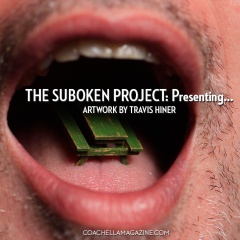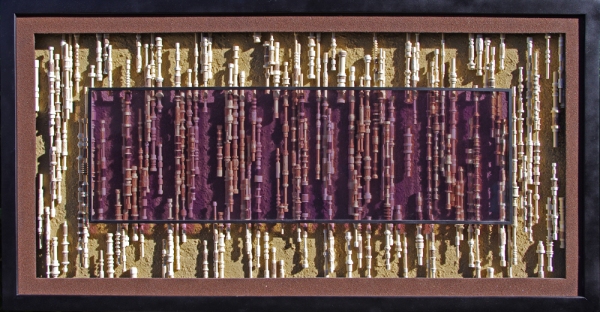Of course, Justine has a sister named Christine!
Of course, Nick’s actual name is Nicolai!
Of course, the prostitute’s name is Valerie!
Of course, the book should only use two perspectives!
So many discoveries were made once the novel was whittled down to 275 pages; character and plot revelations, conversation threads and subtext, elements of tension and comedy. Content once revealed through the now jettisoned material remained to be resolved, reintegrated into the book. Fortunately, most of those elements folded nicely into the evolving narrative of the four main characters, and the core Not One Iota story became much richer.
This process introduced an aspect of writing that I absolutely love. The characters started writing their own dialog. Instead of guiding the characters through their situations, I became a witness documenting their tales as they unfolded. That’s when the “of courses” started to happen. Of course Nicolai would say that to Valerie. Of course Michael would crash his Vespa.
Not One Iota took on a life of its own and was sprinting to completion. And then my motivation took a considerable dip.
The book needed me to render it, but no longer imagine it. The dialog was fascinating to see develop, but the characters were having those conversations regardless of my influence. I had succeeded in giving the book a life of its own, but no longer needed to shape its voice. At least that’s how it felt.
This sense of detached liberation afforded me a new perspective. I became addicted to the story the same as an avid fan of a TV show. I enjoyed watching it unfold in unexpected ways and needed to experience these characters’ interactions.
I didn’t stop writing though. The book had already suffered many long pauses, and I wouldn’t accept further delaying its completion. For the scenes requiring continued development, I shaped them into the forms needed to fill in the story’s gaps. As long as I kept pushing forward, I could always go back and refine those scenes later. Write then refine; rinse and repeat.
A very long time ago, I went to a reading for a coworker’s play he was developing. It was performed on a small stage inside one of my favorite San Francisco pubs, Edinburg Castle. Such a fascinating way to experience what was otherwise only accessible on paper, especially for the author; to hear your characters’ voices as they speak your words. There were plenty of moments I wish I could sit and listen to my characters literally converse with one another. For me, these personalities were conceived as movie characters. Somehow, just reading their words wasn’t quite enough. Not One Iota: The Movie demanded it’s voice be heard.
Putting together a live presentation of my novel was beyond my access to resources, however; not to mention a full reading of the book would take hours to sit through. But I had mics, audio editing software, and a pile of egg crate foam sitting in the garage. Audiobooks are a popular way to experience novels, so why not produce a full cast audiobook!
I put on my metaphorical Director’s Hat and went to work planning how I wanted my audio version of Not One Iota to be produced. It would include sound effects and music. It would include the dual perspective narrative, using audio design to differentiate which voice was narrating. And most important, it would include voice actors playing the characters. Not One Iota: The Radio Play was born.
As I converted the character’s dialog into lines for the actors to play, I discovered new things about the characters; idiosyncrasies implied in the book that would become canonized in their audio portrayal. As the performances were recorded and edited together, new opportunities to enhance the book’s narrative became revealed. What I felt was the final edited version of the novel underwent another year of modification and refinement.
“… another year of modification and refinement.” What this audio edition of Not One Iota translated to was a continuation of writing, or rather producing the novel and a delay in its release; a contradiction to what I had been announcing to everyone during the book’s fifth and final year of development.
Hadn’t I already claimed the novel essentially, effectively, definitively, officially, completed? Was holding on to continue developing the book easier than just letting it go? Apparently yes, but why?
I needed to just release the book, trust it would stand on its own. So, on August 7th, 2018, Not One Iota was published. A story living in my head since 1998.
It wasn’t easy to close that chapter. It still isn’t. Perhaps that’s part of the burden of being a self-imposed creative. However, the reward of sharing the accomplishment with Calista, my family, friends from way back when and the friends I’ve made since is worth just as much as the journey to completing my novel.
“A work is never completed except by some accident such as weariness, satisfaction, the need to deliver, or death: for, in relation to who or what is making it, it can only be one stage in a series of inner transformations.” – Paul Valéry




